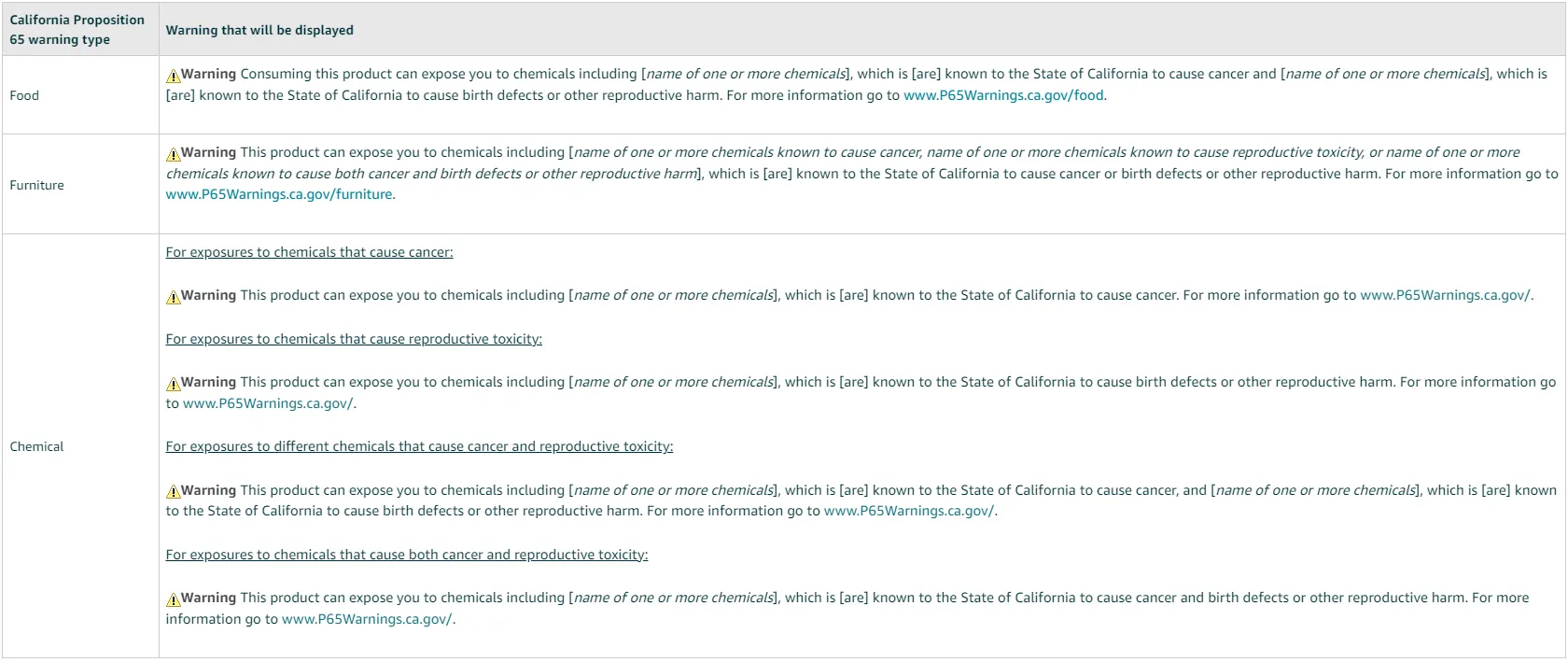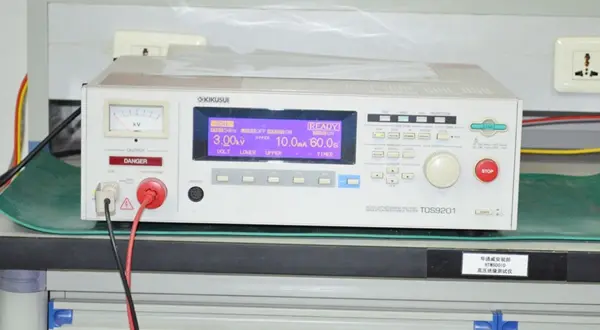
What is HAST Standard Testing?
What is HAST?
HAST, or Highly Accelerated Stress Test, is a method of accelerated aging for products by applying high temperature, high humidity, and high pressure conditions. It is used to evaluate the reliability of non-hermetically sealed devices in humid environments. The test accelerates moisture penetration either through external protective materials or along the interface between the protective material and metal conductors under harsh conditions of temperature, humidity, and electrical bias.
UHAST (Unbiased HAST) is a variation of HAST that does not apply electrical bias, enabling the identification of failure mechanisms that might otherwise be masked by applied voltages (e.g., galvanic corrosion).
Advantages of HAST Testing
1. Improves Product Reliability
Highly Accelerated Life Testing (HALT), which uses step stress methods, continuously increases stress levels to reveal and correct stress-induced defects. This improves the design, pushing its operating and failure limits much higher than standard specifications, thus creating a large design margin.
Highly Accelerated Stress Screening (HASS) further eliminates potential defects introduced during manufacturing, enhancing product reliability.
2. REDuces Development Time and Cost
Accelerated testing methods allow faster design and process maturity compared to traditional methods, shortening the total development cycle and enabling faster market entry. Quicker product maturity leads to lower R\&D and manufacturing costs.
3. Simplifies Validation Testing
Since the HAST process applies stress levels far exceeding standard requirements, it's generally assumed that defects won't manifest under lower stress. Thus, validation or qualification tests using standard stress levels may be omitted.
Application Scope of HAST Testing
HAST testing is widely used for PCBs, IC seMIConductors, connectors, circuit boards, magnetic materials, polymer materials, EVA, photovoltaic modULes, and other related products. It is used for accelerated aging life tests to evaluate product hermeticity, moisture absorption, and aging performance.
Purpose of HAST Testing
HAST is a fundamental process for design reinforcement or early failure elimination, encompassing five key steps:
1. Defect Precipitation
Apply stress to convert latent or undetectable defects into observable or detectable ones.
2. Fault Detection
Making a defect visible does not guarantee detection. Stress conditions should place defects in the most detectable state.
3. Failure Analysis
Once a fault is detected, analyze its cause to determine appropriate corrective actions.
4. Corrective Actions
Modify the design or process to prevent recurrence of the detected faults. This is the main goal of HAST.
5. Verification of Corrective Actions
Conduct testing to validate the effectiveness of corrective actions.
HAST Testing Process
During product development and prototyping, HAST subjects the product to high temperature, high humidity, and high pressure, accelerating moisture penetration and triggering ion migration. This helps in rapidly identifying and locating design or process flaws, providing strong support for design improvement and shortening the test cycle.
By ensuring design and manufacturing processes REACH maturity before mass production, products are less likely to experience design or process-related failures in the field, increasing product competitiveness.
For products already in the field, HAST can quickly reproduce issues encountered by customers, shortening correction cycles and reducing after-sales costs.
HAST Test Standards
IEC60749-4 (Highly Accelerated Stress Test)
ED-4701/100A (Unsaturated Pressure Cooker Test)
JESD22-A118 (Unbiased HAST)
JESD22-A110E (Highly Accelerated Stress Test)
JESD22-A102E (Unbiased Pressure Cooker Test)
AEC-Q100, Rev H (Biased/Unbiased HAST)
JPCA-ET08 (Unsaturated Pressure Cooker Test)
Email:hello@jjrlab.com
Write your message here and send it to us
 What Are the Battery Compliance Test Reports?
What Are the Battery Compliance Test Reports?
 Christmas Children’s Products EU & US Complian
Christmas Children’s Products EU & US Complian
 Food Packaging Material Testing
Food Packaging Material Testing
 Cosmetic Product Safety Report
Cosmetic Product Safety Report
 What is Prop 65 Warning?
What is Prop 65 Warning?
 Does RoHS Apply to Packaging?
Does RoHS Apply to Packaging?
 How to Get RoHS Compliance?
How to Get RoHS Compliance?
 How to get EN 62368-1 Test Report
How to get EN 62368-1 Test Report
Leave us a message
24-hour online customer service at any time to respond, so that you worry!




